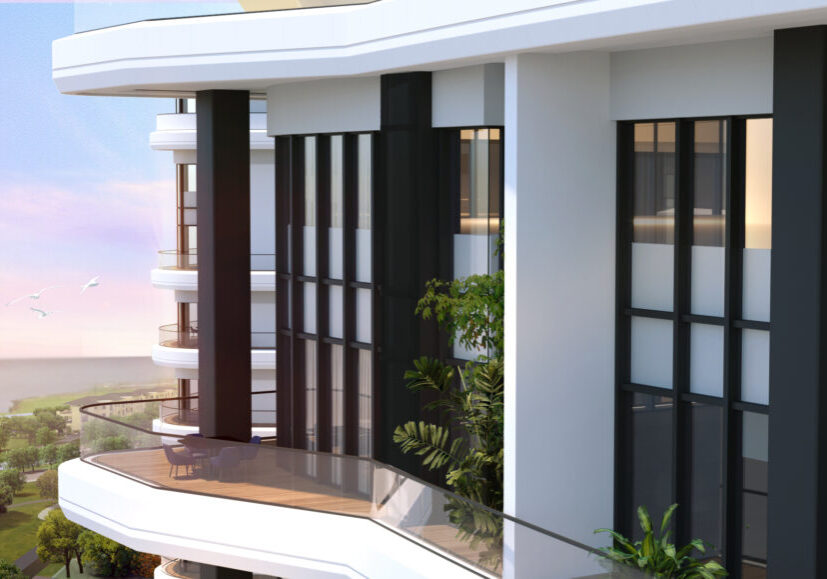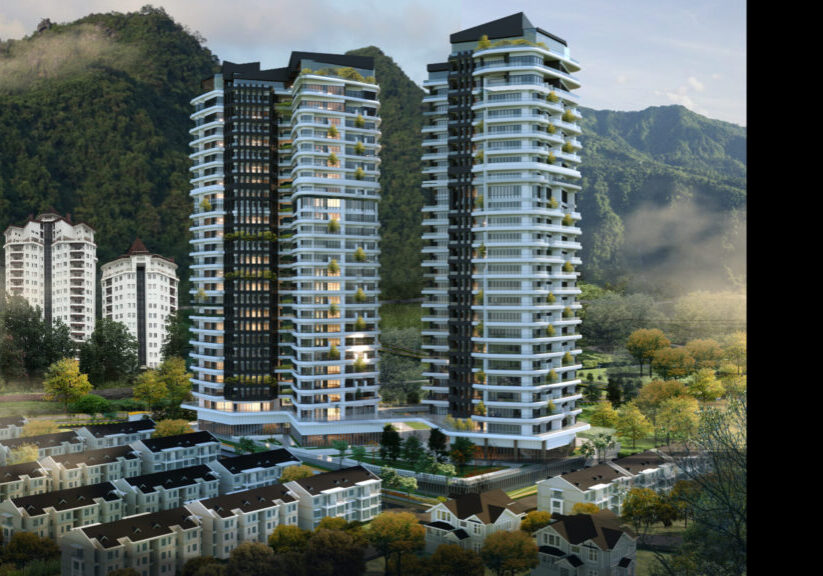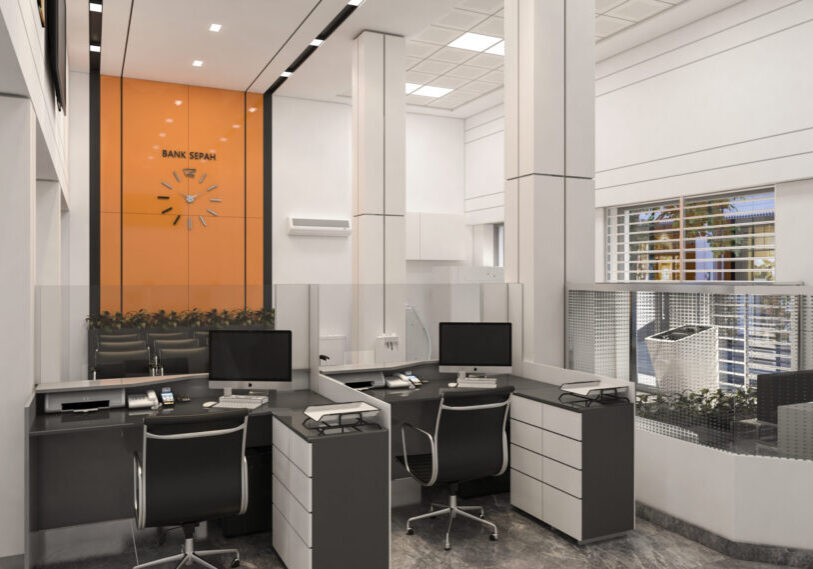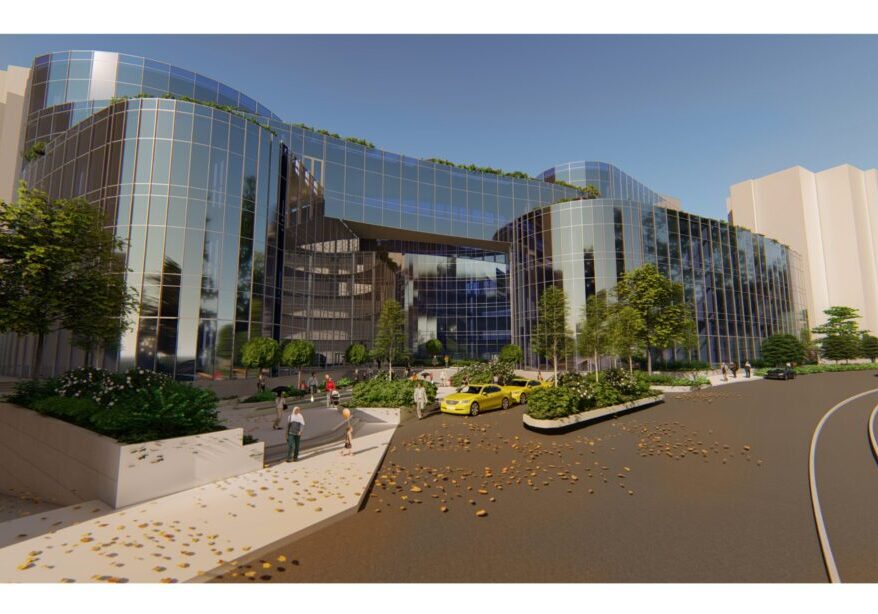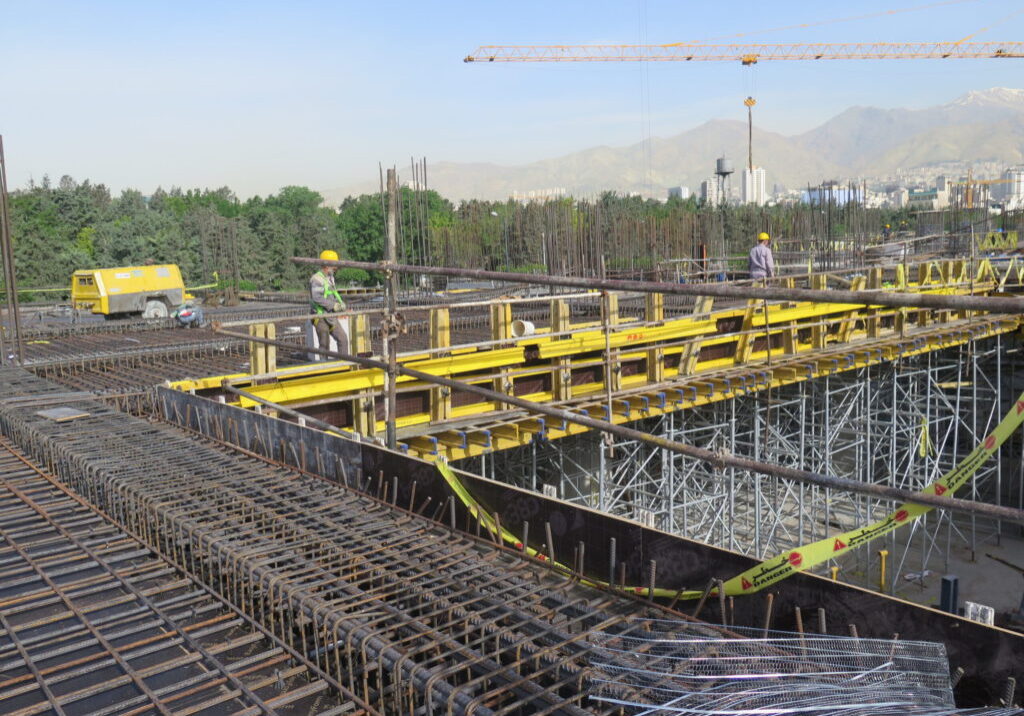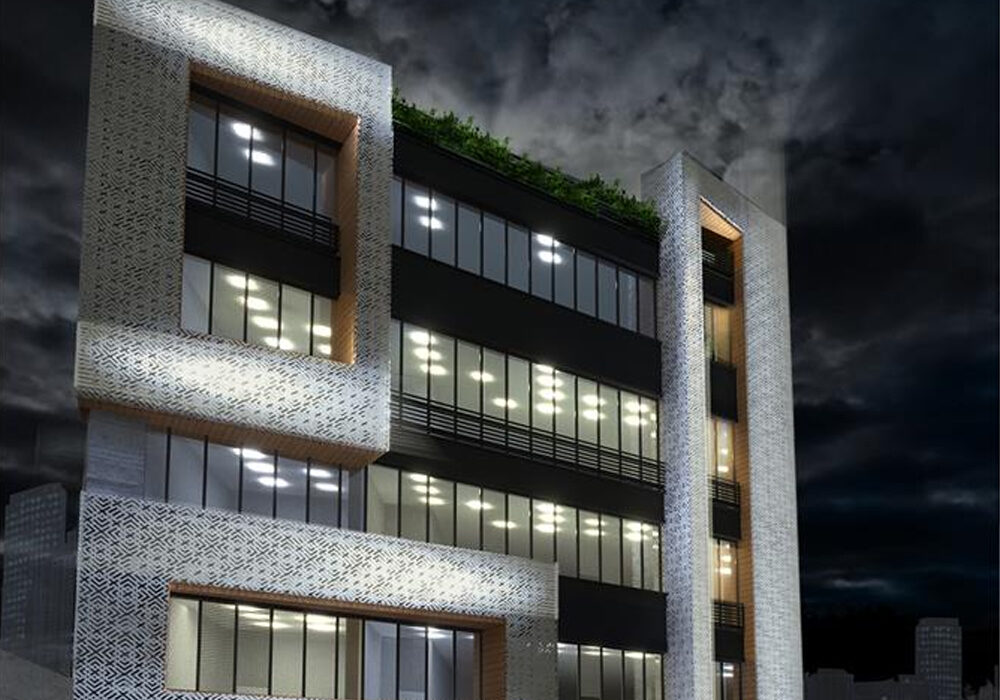Architectural Engineering Design of various structures
The design of all structural components in the building is done in the structural section of Metra Consulting Engineers – which are as follows:
1.Designing structures with different levels of performance: depending on the type and importance of the building and according to the desire of the client, it is possible to design based on the level of performance in Metra consulting engineers.
2.Design of steel structures: bending systems, bracing, metal walls, etc. are designed in this section.
3.Design of reinforced concrete structures: Concrete systems in buildings such as shear wall systems and concrete bending frames are commonly used in buildings designed by Metra consulting engineers. Regarding concrete roofs; Pre-stressed roofs, Cubiax roofs, concrete slabs, etc. are done in this section.
4.Design of high-rise structures: Metra Consulting Engineers has the ability to design systems with concrete and metal cores, Outrigger system, pipe system, etc. for tall structures.
5.Isolated structures and structures with control devices: Metra consulting engineers is able to design systems with seismic insulation, viscous dampers, friction dampers, etc.
6.Seismic hazard analysis: The requirement for site hazard analysis will occur in many large projects. In this regard, risk assessment analysis of faults around the site is one of the capabilities of this section of Metra Consulting Engineers.
7.Analysis of wind tunnel: in most long-term projects the criteria of force, comfort and operation against the wind control the plan. According to the regulations, in structures with high slimness, the application of wind tunnel results in estimating efforts is mandatory. Metra consulting engineers is able to extract, analyze and interpret the results of aerodynamic analyzes of wind tunnels.
Seismic and gravity design of facade components
In Metra consulting engineers, in the design of installation components, in addition to considering the gravitational forces, the forces due to ram impact, heat and inertial forces caused by the earthquake are considered in the support plan. Installation support design is the design of the installation of dynamic installation devices.
The design of non-constructional component
Non-structural components in the building actually refer to structural elements that do not play any role in the bearing of the main structure of the building, but are responsible for the proper transfer of force from any effort other than non-structural to the main structure. According to the latest experience in recent earthquake events in previous decades, this issue has been taken a lot of attention by the engineers of Metra consulting Engineers Company.
Seismic and gravity design of facade components
In Metra consulting engineers, in the design of installation components, in addition to considering the gravitational forces, the forces due to ram impact, heat and inertial forces caused by the earthquake are considered in the support plan. Installation support design is the design of the installation of dynamic installation devices.
The design of non-constructional component
Non-structural components in the building actually refer to structural elements that do not play any role in the bearing of the main structure of the building, but are responsible for the proper transfer of force from any effort other than non-structural to the main structure. According to the latest experience in recent earthquake events in previous decades, this issue has been taken a lot of attention by the engineers of Metra consulting Engineers Company.

